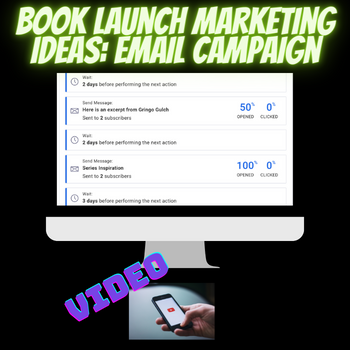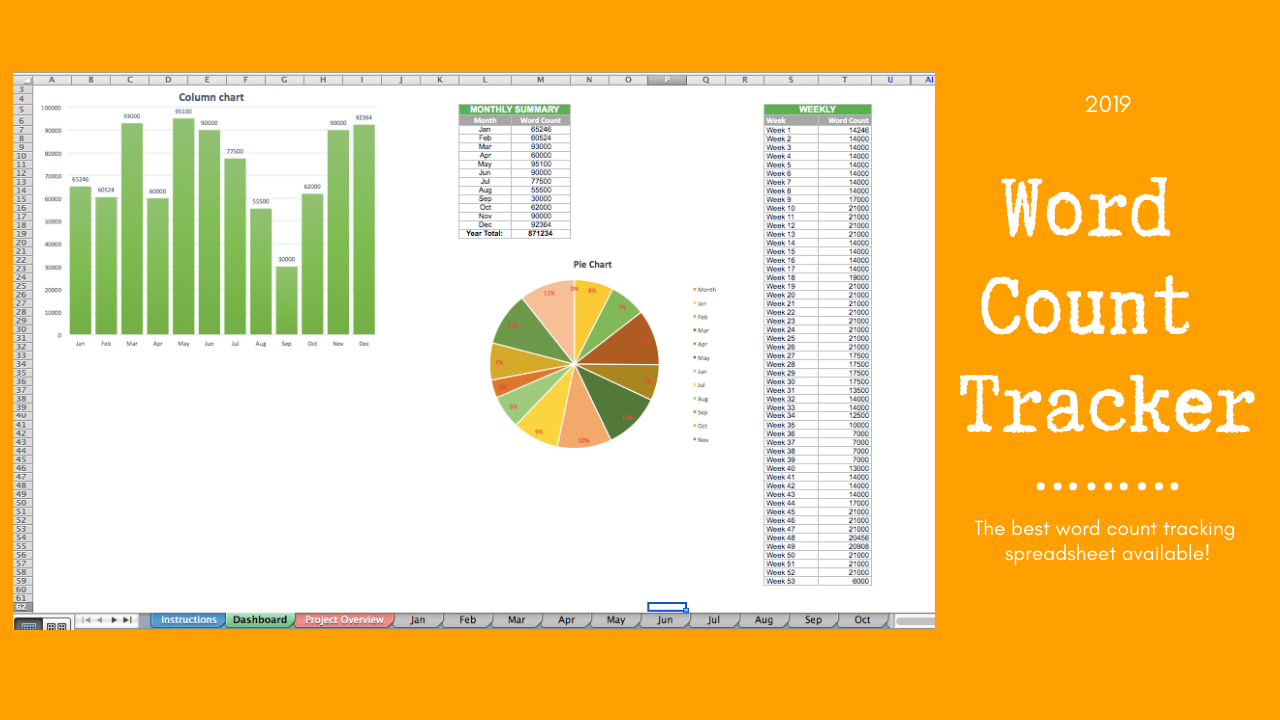As an author, you probably already know how important it is to connect with readers and to build our community (between author and readers). It doesn’t matter if you’re self published or legacy published; you’ll be expected to do that work. I’ve noticed that building your community via social media is hammered home a lot by blogs/experts/etc. therefore most authors have a presence on Facebook, Twitter, Pinterest, YouTube, and et.al. And that’s great! Social media is very important, but building a mailing list is like the redheaded stepchild of community building. A lot of authors see that as smarmy and they think they’ll be viewed as spammers and bothering folks, but if done correctly, it won’t feel that way, and it won’t be that way.
Building a mailing list might not be as sexy as Twitter or Instragram, but I would say that an email list of 100 loyal readers/fans is more valuable than having thousands of Twitter followers. You want to have an email list of readers and prospective readers that signed up to your list.
I’m still in shock when I visit author’s websites and they’re not building an email list or if they are, they bury the sign up form in the never regions of their website where only the determined or the lucky would be able to find it. I recorded a video podcast about this problem last year.
Bottom line, you need to be building your email list.
Here are some tips on doing just that…
 Use email marketing software. Don’t even dream about using your Gmail or web hosting email accounts to do this. In the U.S. (and most other countries) there are very strict laws covering email marketing and management practices.
Use email marketing software. Don’t even dream about using your Gmail or web hosting email accounts to do this. In the U.S. (and most other countries) there are very strict laws covering email marketing and management practices.
Your best bet is to use the services of an email marketing software provider. There are many third party email marketing services (AKA autoresponders) out there. This what they do, and they do a damn good job at it. Among many valuable features, they make sure A. your emails are actually delivered, and B. that you’re compliant with CAN-SPAM federal laws. I use and recommend Aweber. Another option that I’ve noticed a lot of authors using is Mail Chimp.
Aweber has more bells and whistles than Mail Chimp, but Mail Chimp is free up to 2,000 subscriber, which is why it’s so popular, but remember… sometimes you get what you pay for. 🙂 That said, Mail Chimp should be fine in building that community and relationship with your readers. Just make sure you consider the long term. Switching email marketing software providers is killer to your list. If you build a list on MailChimp and you try to move to Aweber, they’ll more than likely force your entire list to re-subscribe and the majority of your subscribers will not bother doing that (I’ve read that you lose 70% – 90% of subscribers when switching services, but I’ve never seen the backup stats, so grain of salt warning).
Don’t make it difficult. Aweber and Mail Chimp make it easy to add sign up forms on our websites, blogs, and Facebook, so use it! All you need to do is copy and paste. And please, do not hide it! On your website/blog, please adhere to these three important locations for placement:
- Above the fold
- Above the fold
- Above the fold
What’s above the fold? It’s the top part of your website/blog that is always visible to visitors of your website without having to scroll and regardless of their browser. You’re building a list not setting up an Easter egg hunt; so please don’t hide the sign up form.
Above the fold:
 Don’t be that person. A reader/prospective reader has signed up to your email list, that doesn’t mean they signed up to be emailed non-stop about anything you want. The key here is to build a community of readers/fans of your work/books not to sell them this or that. So don’t be that spammy person. If you’re going to email about more than just new book releases be clear about it on the sign up form. If you’re upfront from the get-go, than you’ll avoid angry unsubscribes and spam complaints. It’s easy for folks to hit the “spam” button on their email client (think Gmail, Yahoo).
Don’t be that person. A reader/prospective reader has signed up to your email list, that doesn’t mean they signed up to be emailed non-stop about anything you want. The key here is to build a community of readers/fans of your work/books not to sell them this or that. So don’t be that spammy person. If you’re going to email about more than just new book releases be clear about it on the sign up form. If you’re upfront from the get-go, than you’ll avoid angry unsubscribes and spam complaints. It’s easy for folks to hit the “spam” button on their email client (think Gmail, Yahoo).
Don’t get cute with the unsubscribe link. To be compliant with Federal laws, you need to have an unsubscribe link with every email you send (don’t worry Aweber and Mail Chimp do this automatically). I’ve seen folks enter a bunch of blank spaces to push the unsubscribe button all the way to the bottom of the email so it’s difficult for the person to see it. Please don’t do that. Run a clean list and make it easy for people to unsubscribe. You don’t want to trick them into stay on your list.
Spam complaints. As I’ve mentioned, it’s easy to hit the spam button. People might forget they signed up, you email them, they don’t remember so instead of hitting the unsubscribe link they hit the spam button. It’s going to happen. As long as your spam complaints are low, don’t worry about it; it’s going to happen.
Aweber shows the percent (not sure about Mail Chimp) so you can manage it. If it gets out of hand then you’re doing something wrong with your list building. All of the email marketing software providers like Aweber and Mail Chimp watch that like a hawk, so if you generate too many complaints, they’ll boot you for life. Most authors don’t have to worry, but I wanted you to be aware of this.
 How often should I email? Not too much that you’ll annoy your subscribers, and not too little that they forget who you are.
How often should I email? Not too much that you’ll annoy your subscribers, and not too little that they forget who you are.
How’s that for annoying? But seriously, don’t become a stranger and don’t become that houseguest that won’t leave.
If you’re just going to mail when you have a new book out, and you publish once or twice per year, you’re going to want to send a few “I’m alive” emails to your list so they don’t forget you. Engage them. Keep in touch, don’t be a stranger. In my opinion, at the very least, email once a month. You can send out behind the scenes info on your WIP, stuff like that. Make your subscribers feel like they’re part of your team.
Comments, suggestions, you have list building tips? Let me know in the comments section below.
Quick video intro on email list management software:










 My name is Alan Petersen I write mysteries and thrillers. You can check out my Amazon page
My name is Alan Petersen I write mysteries and thrillers. You can check out my Amazon page